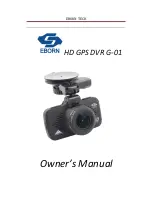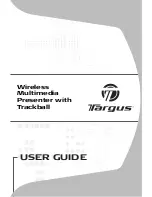
The Hasselblad Picture Size
The 2¼ x 2¼ in. film is not a miniature size by modern standards. Contact prints made of these negatives are large enough to be
appreciated as proofs, but enlargements are of course more effective. Whilst, however, the 24 x 36 mm. miniature negative needs a
12 times linear enlargement to yield a 12 x 15 in. exhibition print, the 2¼ x 2¼ in. negative produces the same size of print with only
6½ times enlargement. Thus the Hasselblad negative is not as a rule subjected to an extreme degree of enlarging.
The Square Shape
The Hasselblad negative has a square shape. The view of the lens is a circle and this circle is best utilized by the square - but this in
itself is a purely technical consideration. Essential, however, from a practical point of view, is the fact that the square, representing the
simplest geometrical pattern (next to the circle), lends itself easily to placing and framing almost any subject matter. With the square
picture the camera hold is the same for every shot. Should the square shape prove unsatisfactory with a particular subject it is still
possible to print only a portion of the negative, without sacrificing more of the subject than a rectangular picture shape would have
done from the outset.
HANDLING THE HASSELBLAD
In order to simplify the description and handling of the Hasselblad camera without being confused by different features if individual
model,, this Guide is divided into a general section hich applies to all Hasselblad models and a section of green pages to cover the
individual requirements and differences in handling of each model.
For convenience a symbolic reference system is also used in the general section. Wherever the sign # appears, further details will be
found in the camera pages of the green section for each camera. The sign * refers to lens and ** to accessory details in the green
section. The appropriate pages are marked accordingly in the bottom left- or right-hand corner.
Holding
Naturally the camera should be held as steady as possible as the slightest camera shake, even if not seen in the negative, will become
visible in the enlargement.
There are various ways of holding the camera. The basic method is to carry the camera on its strap-which should be passed round the
back' of the neck. Hold the camera in the left hand with the index finger of the left hand on the release button. The right hand
remain, free far transporting the film, setting shutter speed, aperture and focus. Pulling the camera down against its strap will help
considerably to steady it at the time of exposure.
When the magnifying hood is used, press the eye against the eyepiece. Insert both hands from below through the carrying strap
(adjust its length to suit); this provides additional steadying support.
Virtually the same holding position can be adapted when using the camera at eye-level with either the sports frame finder or the
pentaprism.
www.mr-alvandi.com
Summary of Contents for 1000 F
Page 18: ...WILD LIFE www mr alvandi com ...
Page 52: ...THE CUT FILM ADAPTOR www mr alvandi com ...
Page 54: ...Daylight Exposure Values www mr alvandi com ...
Page 55: ...Filters for Black and White Film www mr alvandi com ...
Page 59: ...Close Ranges with 50 60 mm Distagon and Planar 80 mm www mr alvandi com ...
Page 60: ...Close Ranges with 120mm S PLANAR 150 200 mm SONNAR www mr alvandi com ...
Page 62: ...Conversion of Film Speed Systems Colour Films www mr alvandi com ...
Page 63: ...Black and White Films www mr alvandi com ...
Page 64: ...www mr alvandi com ...






































